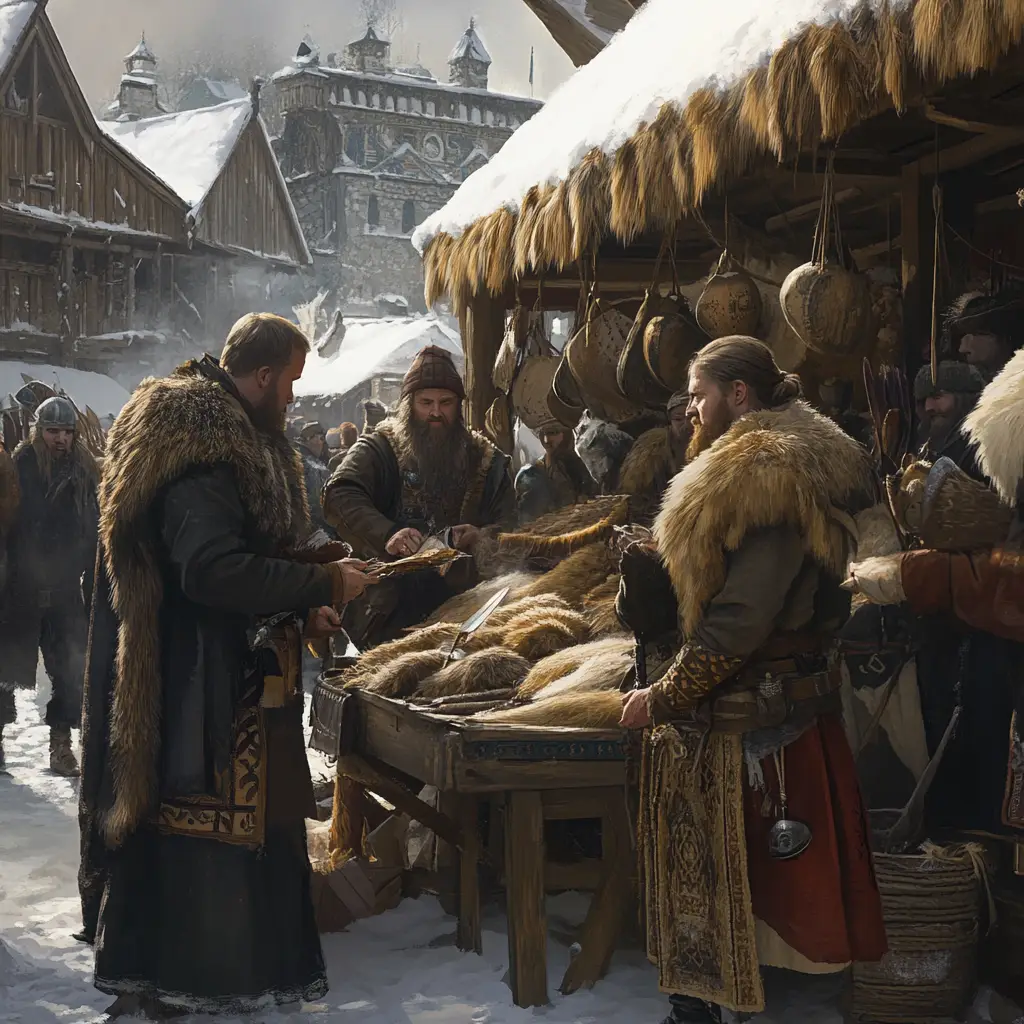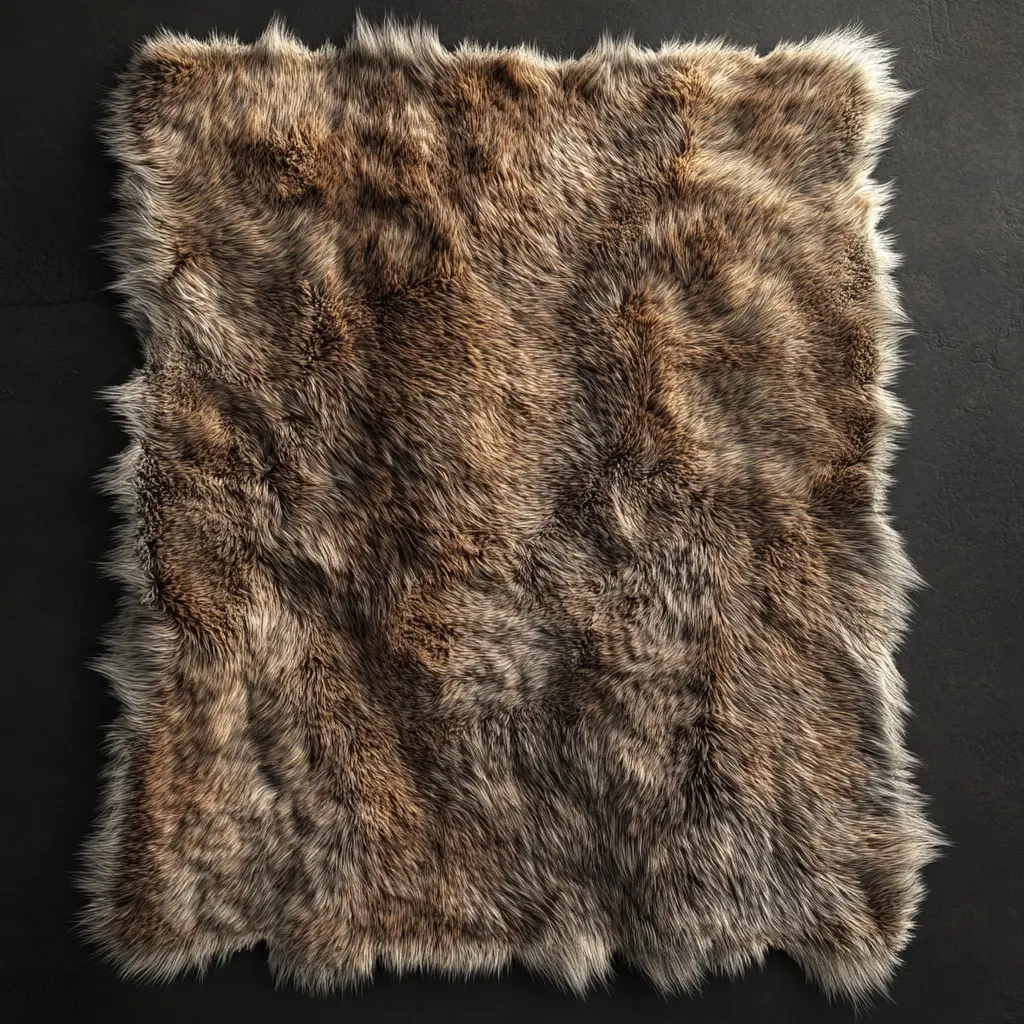A detailed analysis into whether Vikings wore fur involves looking at archaeological evidence, historical texts, environmental needs, and the social and cultural context of the Viking Age (roughly 793–1066 AD).
Environmental and Practical Needs
Scandinavia has long, harsh winters, so warm clothing was essential. Fur provided excellent insulation, and Vikings were skilled hunters and traders, giving them access to a variety of animal pelts.
Insulation: Fur traps air and retains heat, making it ideal for cold climates. It was commonly used in cloaks, hoods, and lining for boots and mittens.
Daily Wear vs. Travel Gear: Fur was probably more common in travel and outdoor wear. Indoors, Vikings may have preferred wool or linen, which were lighter and more breathable.
Archaeological Evidence
While fur decomposes over time, some indirect evidence does survive:
Grave Finds: Viking burials have occasionally preserved traces of fur, especially in bogs or where metal items helped preserve organic material. These finds often include fur-trimmed garments or cloaks.
Lusehøi Burial (Denmark): Fragments of fur and skin were found in a male grave, suggesting fur-lined clothing or possibly a full fur garment.
Textile Remnants: Impressions or remnants of fur on brooches and clasps indicate it was used in both men’s and women’s clothing.
Written Sources and Sagas
Old Norse sagas and poems occasionally mention clothing, although they focus more on actions than fashion.
The Saga of Erik the Red and others describe travellers in Greenland and Vinland wearing warm clothing, implying fur or thick wool.
Descriptions of elite or royal garments sometimes include references to fine furs, suggesting status and wealth.
Trade and Status Symbol
Fur was not only practical but also a trade commodity and a status symbol.
Trade Routes: Vikings traded furs across Europe and into the East. High-value furs like sable, marten, and ermine were traded with Byzantium and the Islamic world.
Social Status: Wealthier Vikings likely wore more elaborate fur garments, possibly dyed or combined with silk and fine wool. Everyday use by poorer individuals probably involved simpler, local pelts such as sheep or goat.
Types of Fur Used
The types of fur varied depending on geography and social class.
- Common Furs: Sheep, goat, and fox were likely widespread.
- Luxury Furs: Bear, beaver, sable, and marten were more rare and valuable.
- Local Availability: In Scandinavia, squirrel pelts (especially grey squirrel) were widely used and even acted as currency in some areas.
So, Did Vikings Wear Fur
Yes, Vikings did wear fur—both for practical reasons and as a display of wealth. The extent and style of fur use depended on social status, location, and purpose (daily wear vs. travel or battle). While archaeological evidence is limited, it consistently supports the presence of fur in Viking clothing, and the environmental conditions made it a logical choice. Combined with trading networks and written hints in the sagas, it’s clear that fur was an important element of Viking attire.



